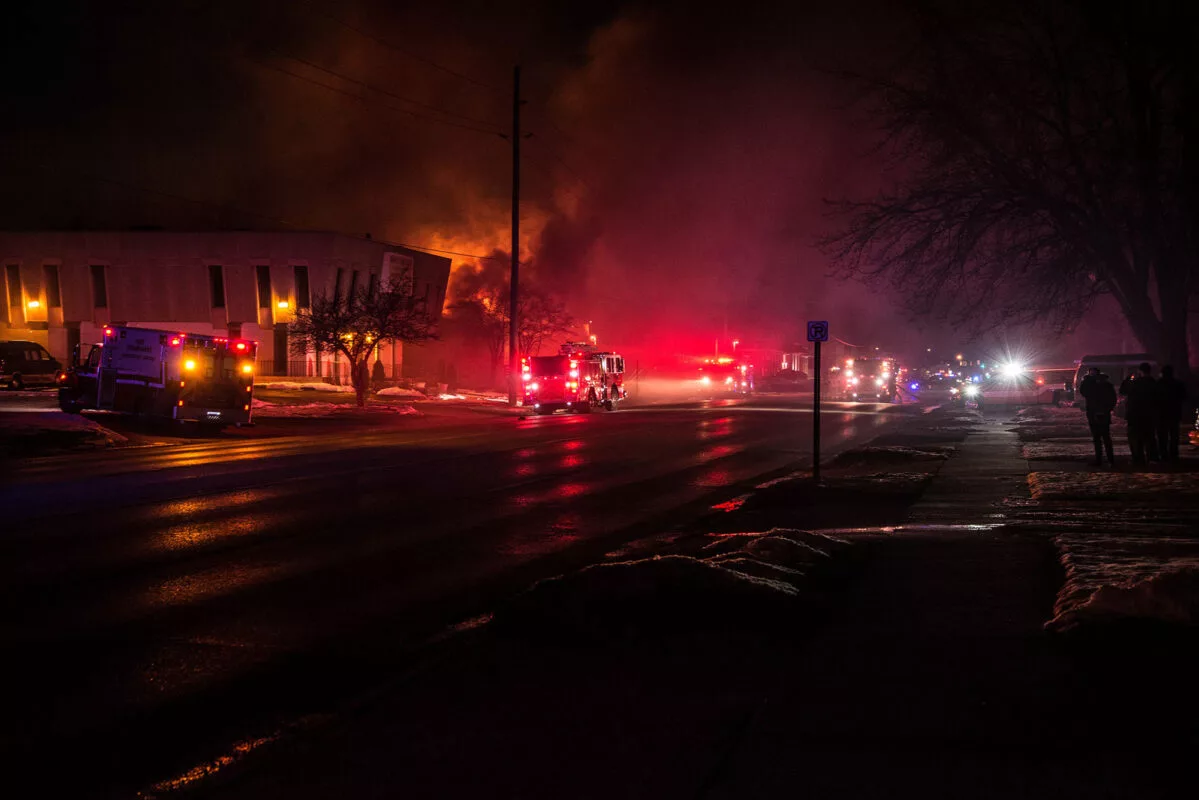Fall protection is crucial in workplaces with raised surfaces to prevent injury. This safety precaution includes a number of techniques, such as personal fall arrest systems (PFAS), safety nets, and guardrails. Physical barriers like guardrails are placed along edges, and safety nets are used as a last option to catch workers who fall. PFAS, which include anchor points and harnesses, stop falls in mid-air. Personal fall restraint devices limit movement near hazards, while warning lines indicate safe distances from exposed edges.

- Guardrails and coverings are also used to secure floor openings. In order to maintain compliance with safety standards, promote a secure work environment, and protect employees from potentially fatal falls, employers are required to provide the necessary equipment and training.
- In order to guarantee worker safety in elevated work locations, Fall Protection Equipment is essential. These equipment consist of anchors, lanyards, lifelines, and harnesses. In the case of a fall, harnesses distribute stresses equally and fit snugly around the body. Workers are kept from falling to the earth by lanyards and lifelines, which link the harness to safe anchor points.
- Anchors offer secure attachment points; examples of these include D-rings and tie-off points. Retractable lifelines also allow for greater mobility and flexibility while still providing fall protection. To guarantee the efficacy of this equipment, routine maintenance and inspection are essential.
- Innovative safety devices called fall prevention airbags are made to lessen the force of falls from higher areas. Like car airbags, these systems quickly inflate when they sense a fall and give the worker a cushioned landing. They are especially helpful in areas like roofing, construction, and others where there are frequent falls from great heights. Fall protection airbags work by absorbing and distributing the energy produced during a fall, hence lowering the chance of fatalities or major injuries. Employers who wish to improve worker safety and reduce workplace accidents can think about including these airbags into their fall prevention systems.

For the purpose of protecting users' safety, especially in recreational contexts and trampoline parks, trampoline fall protection is essential. To save people from falling off the trampoline surface and onto the ground or other hard surfaces, safety fences or netting are frequently utilised. Usually supported by metal poles, these enclosures are made of strong netting that encircles the trampoline's perimeter. These safety precautions assist lower the chance of accidents like sprains, fractures, and head trauma by keeping users inside the trampoline area, resulting in a safer jumping experience.
In entertainment centres fall protection is essential for patron safety, particularly in sections with high platforms, staircases, or play structures. Guardrails, safety netting, and soft padding to absorb potential falls are examples of safety precautions. In order to avoid unintentional falls, guardrails are placed along edges, while safety nets serve as a backup. In high-traffic areas, soft padding can be positioned to lessen the impact of falls. Entertainment venues may create a safe space where patrons can engage in a variety of activities without running the danger of getting hurt by putting these precautions in place.




Comments